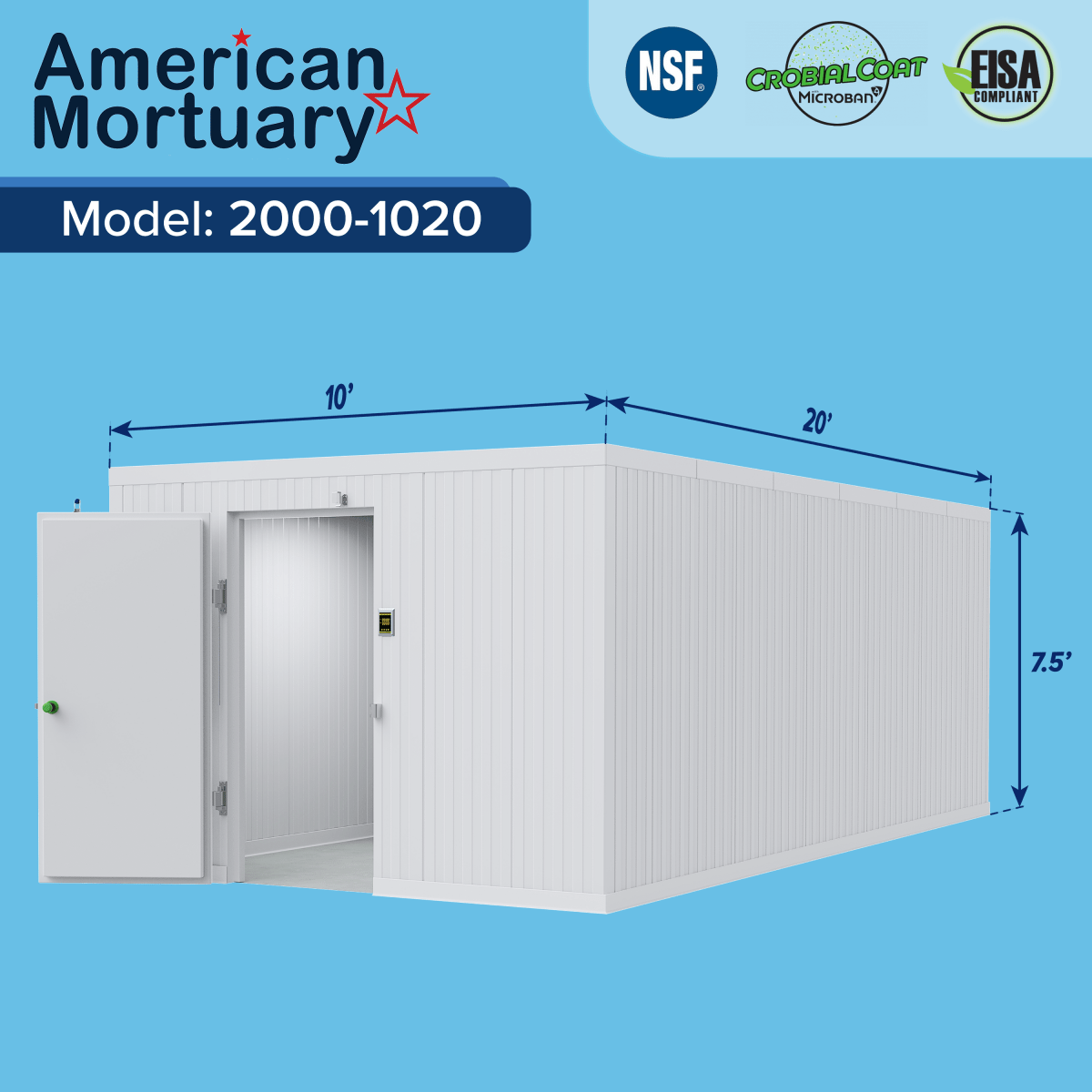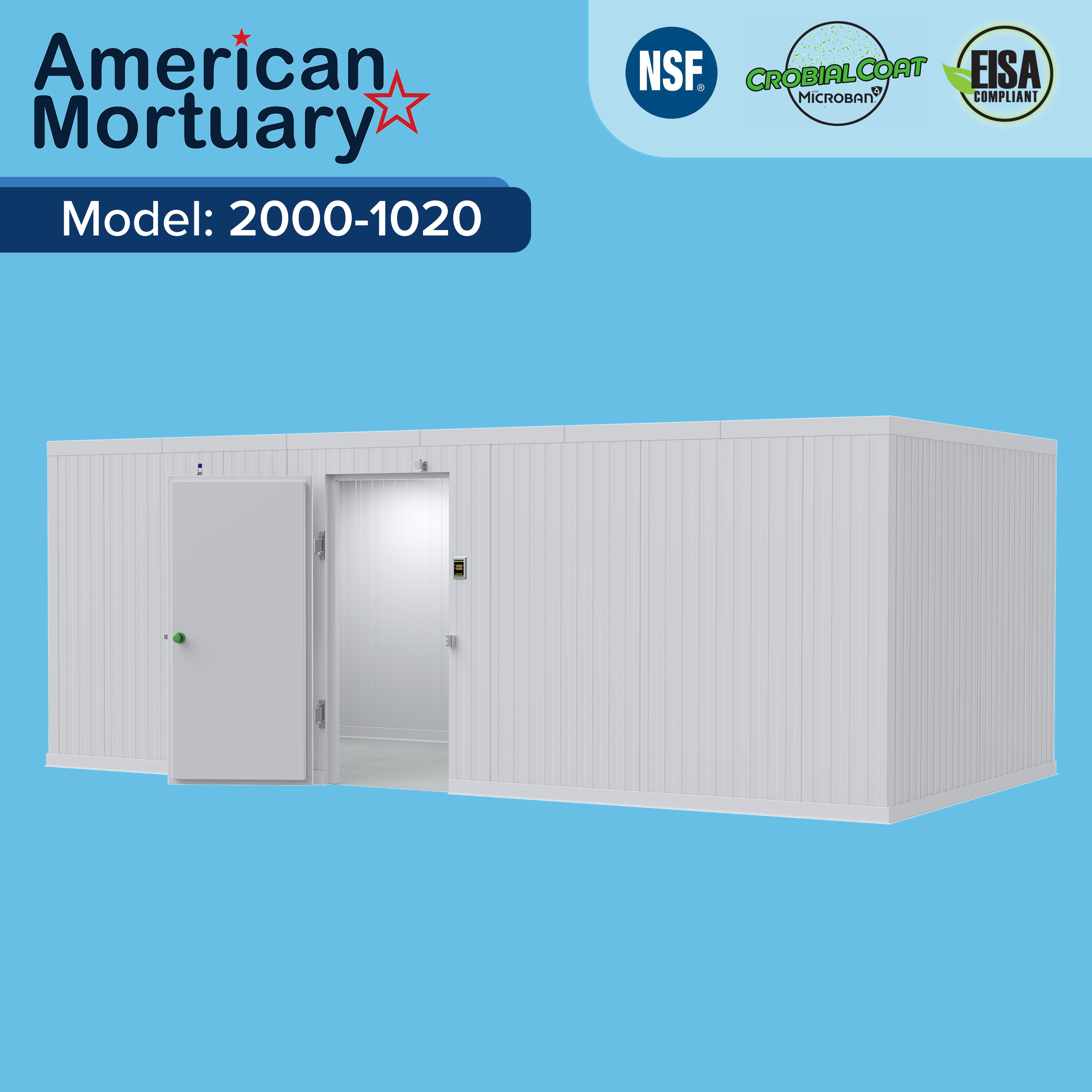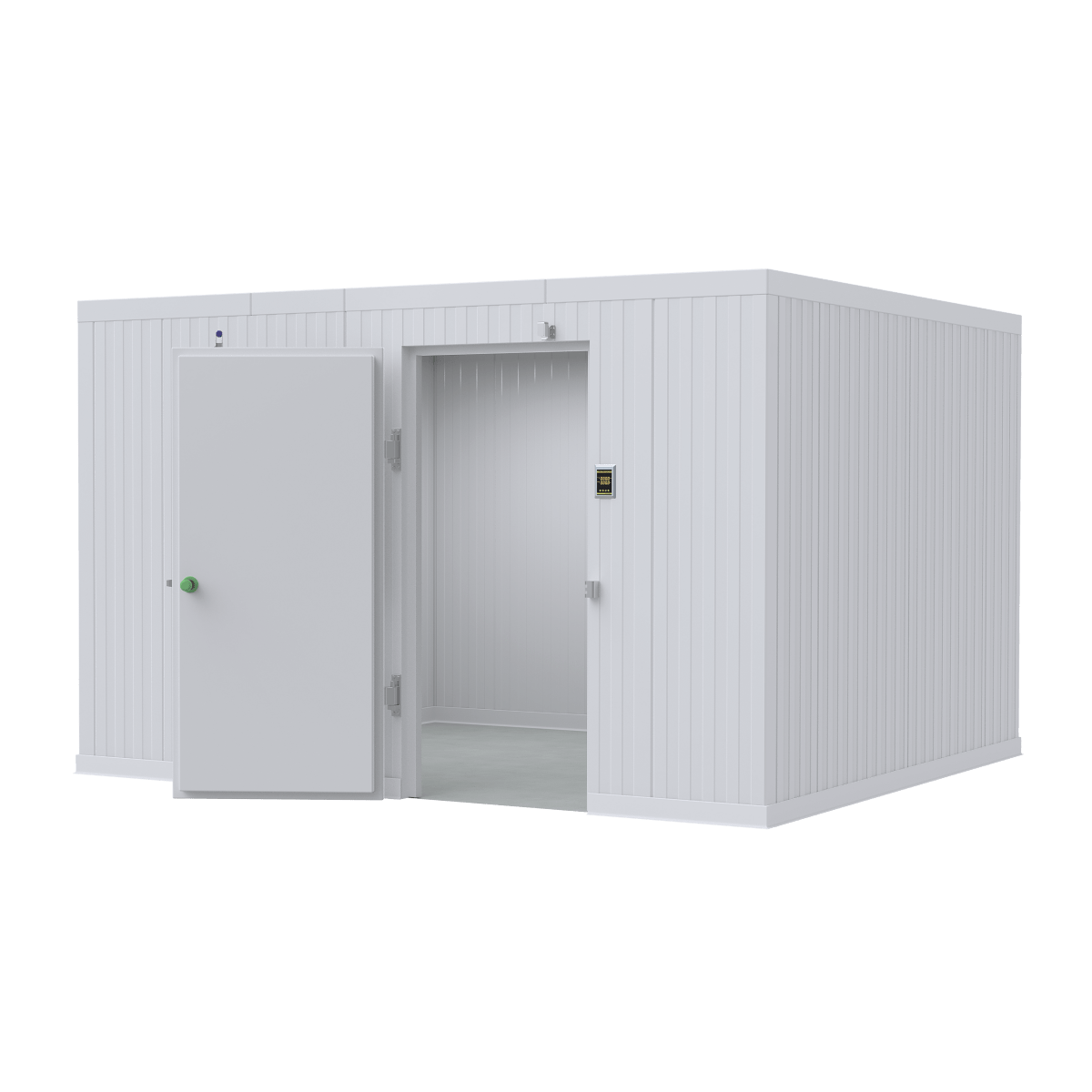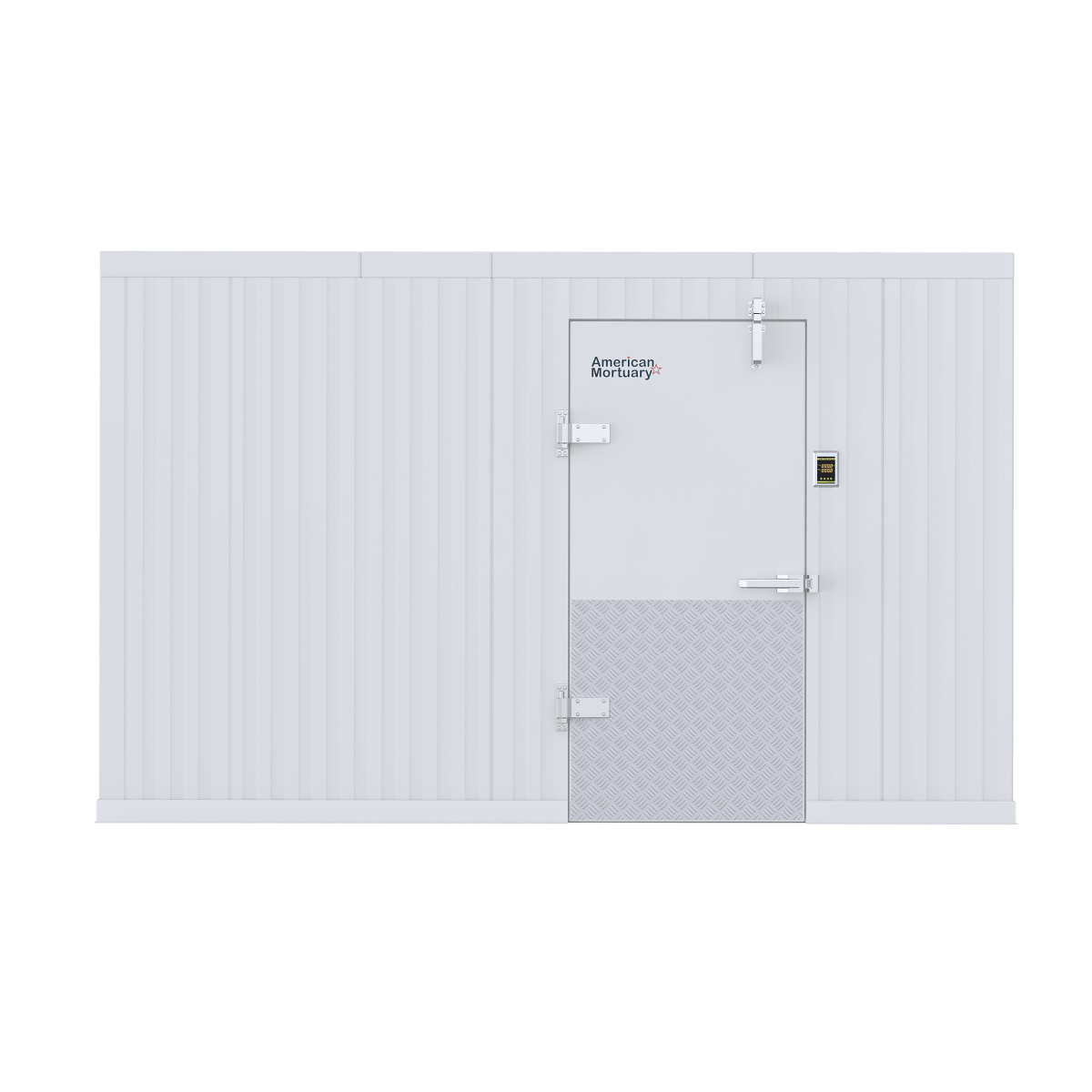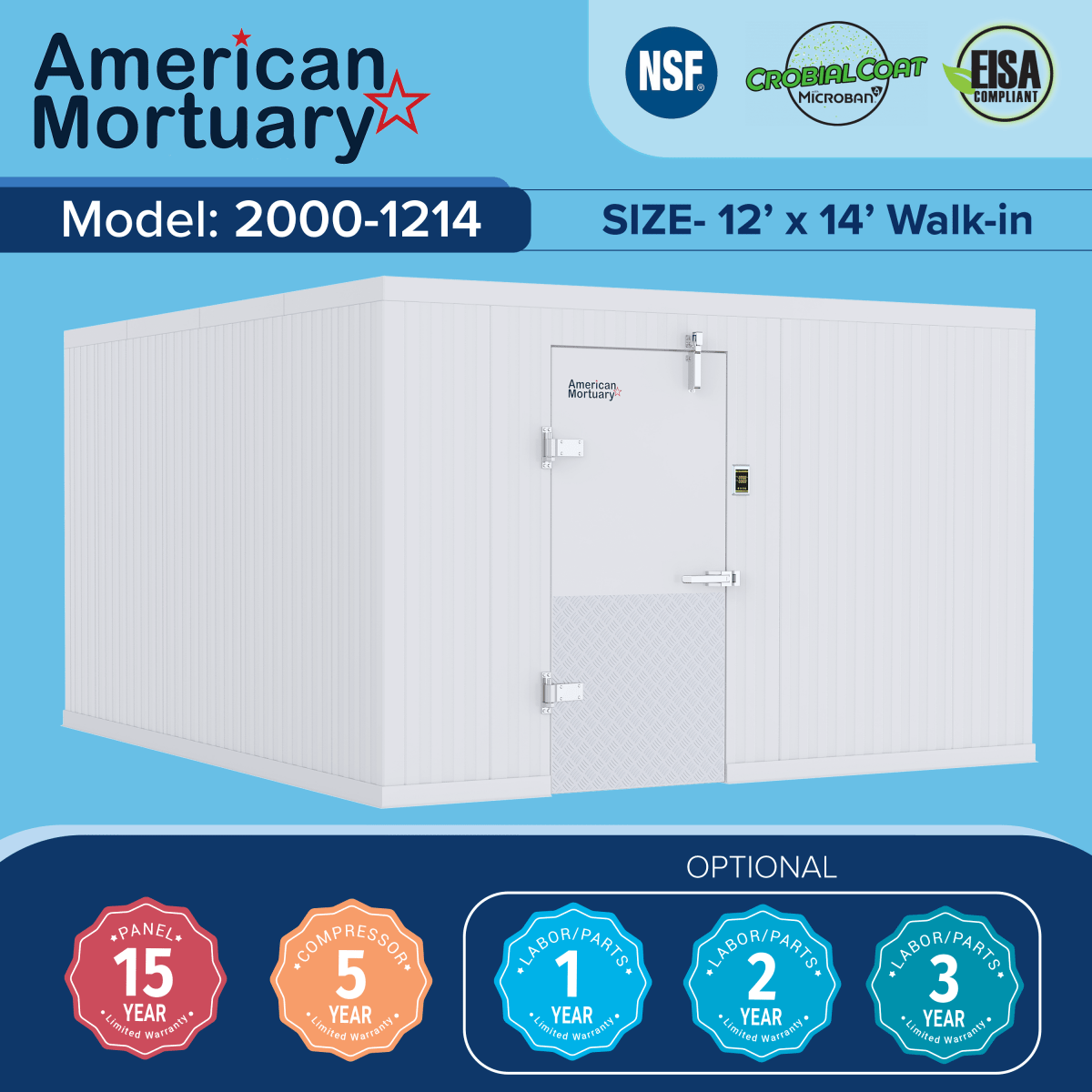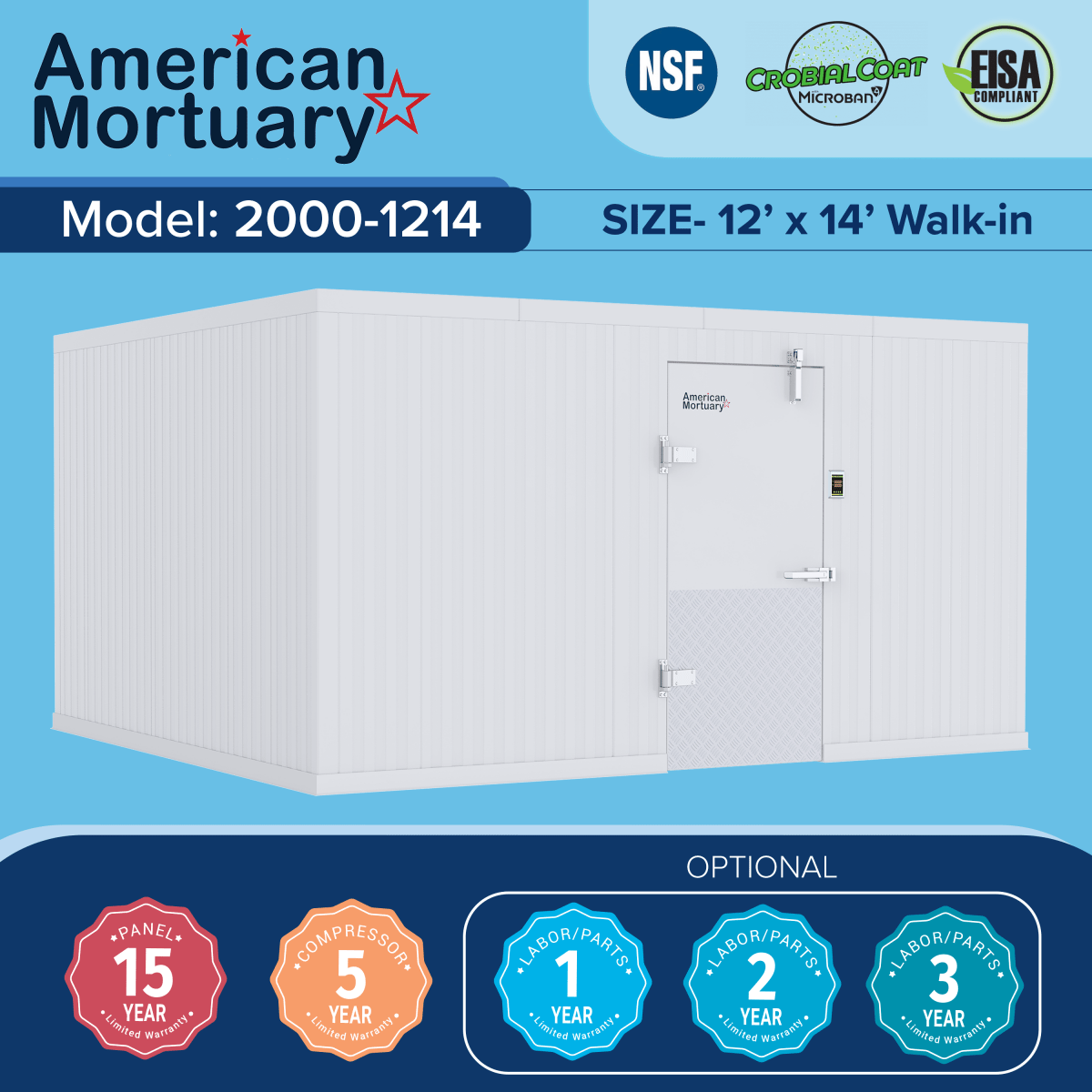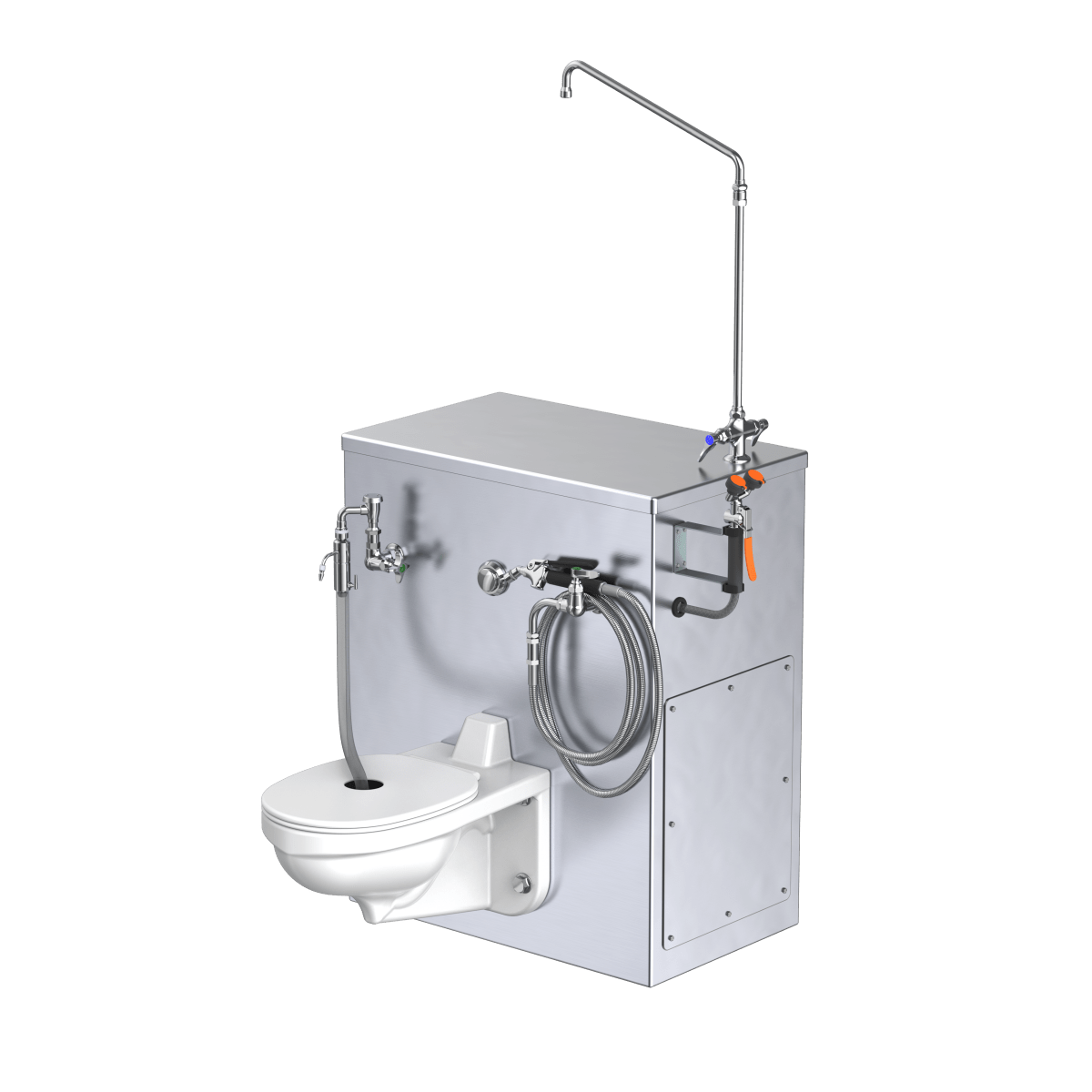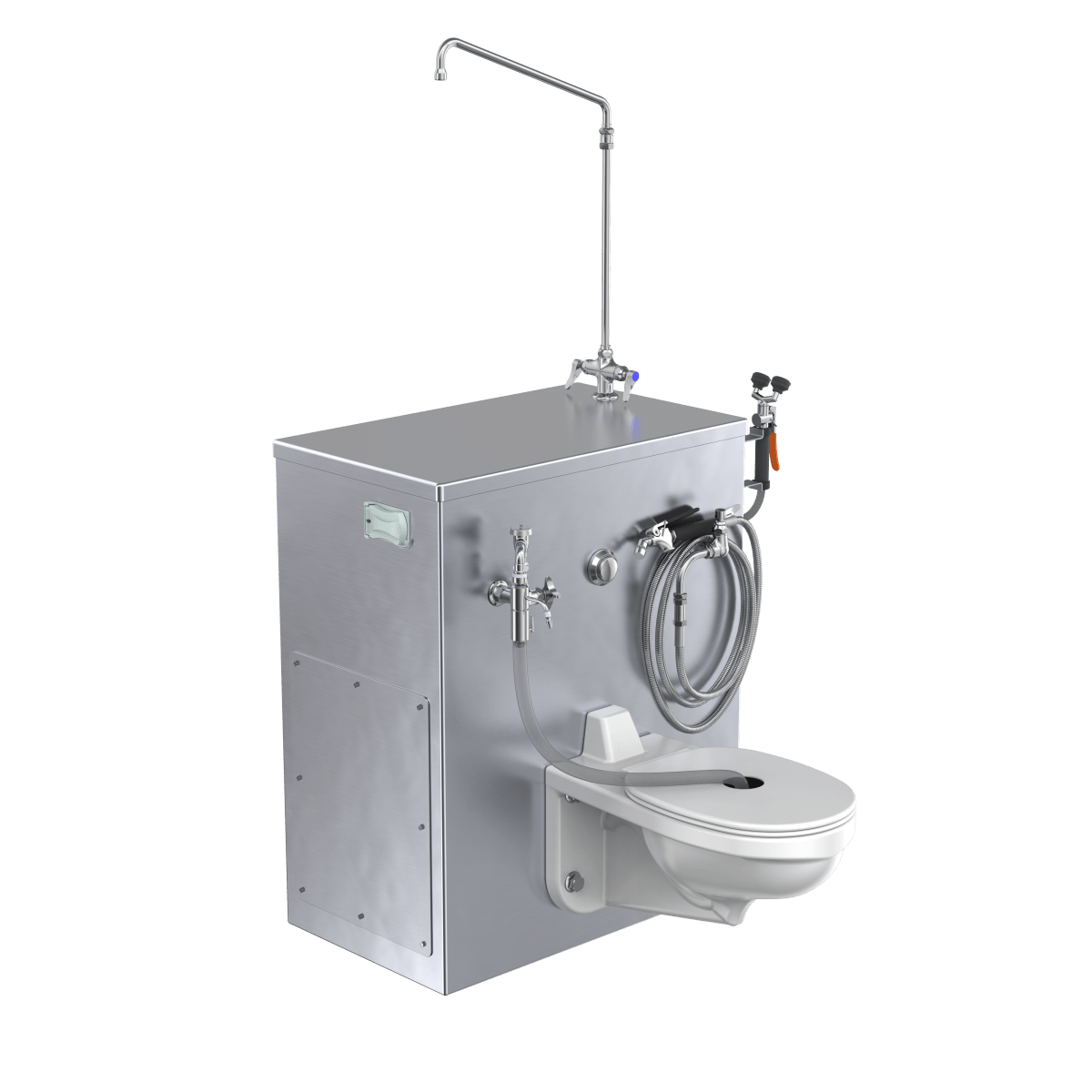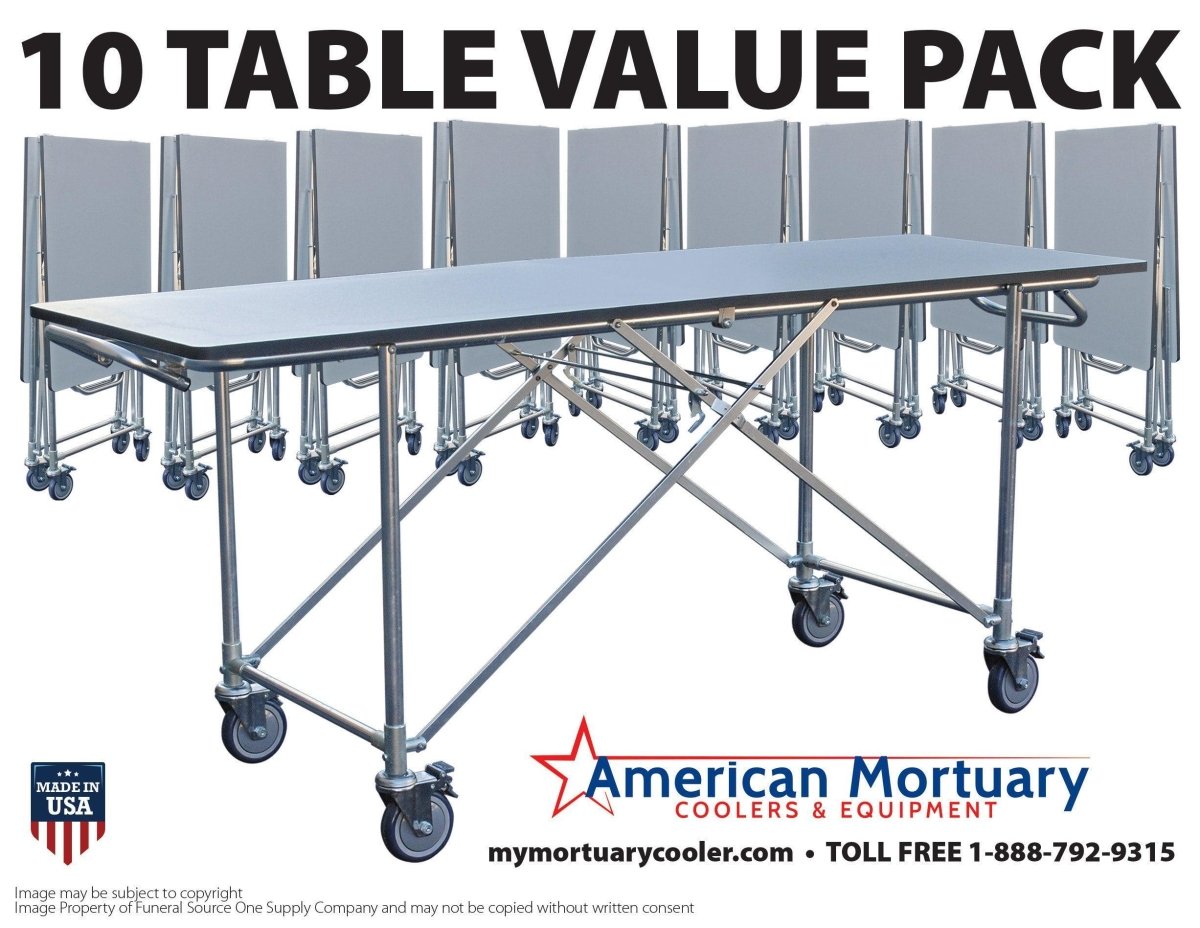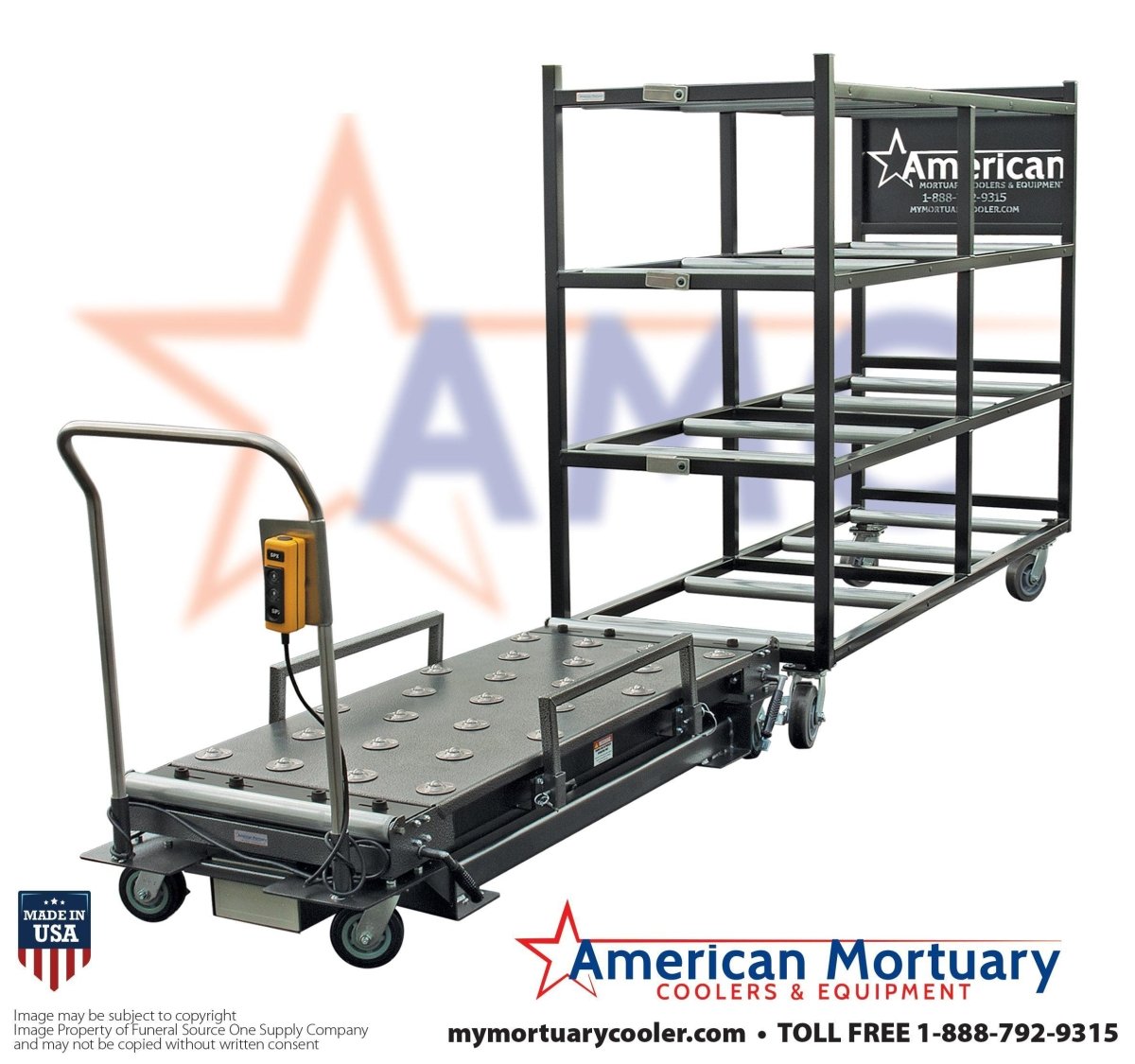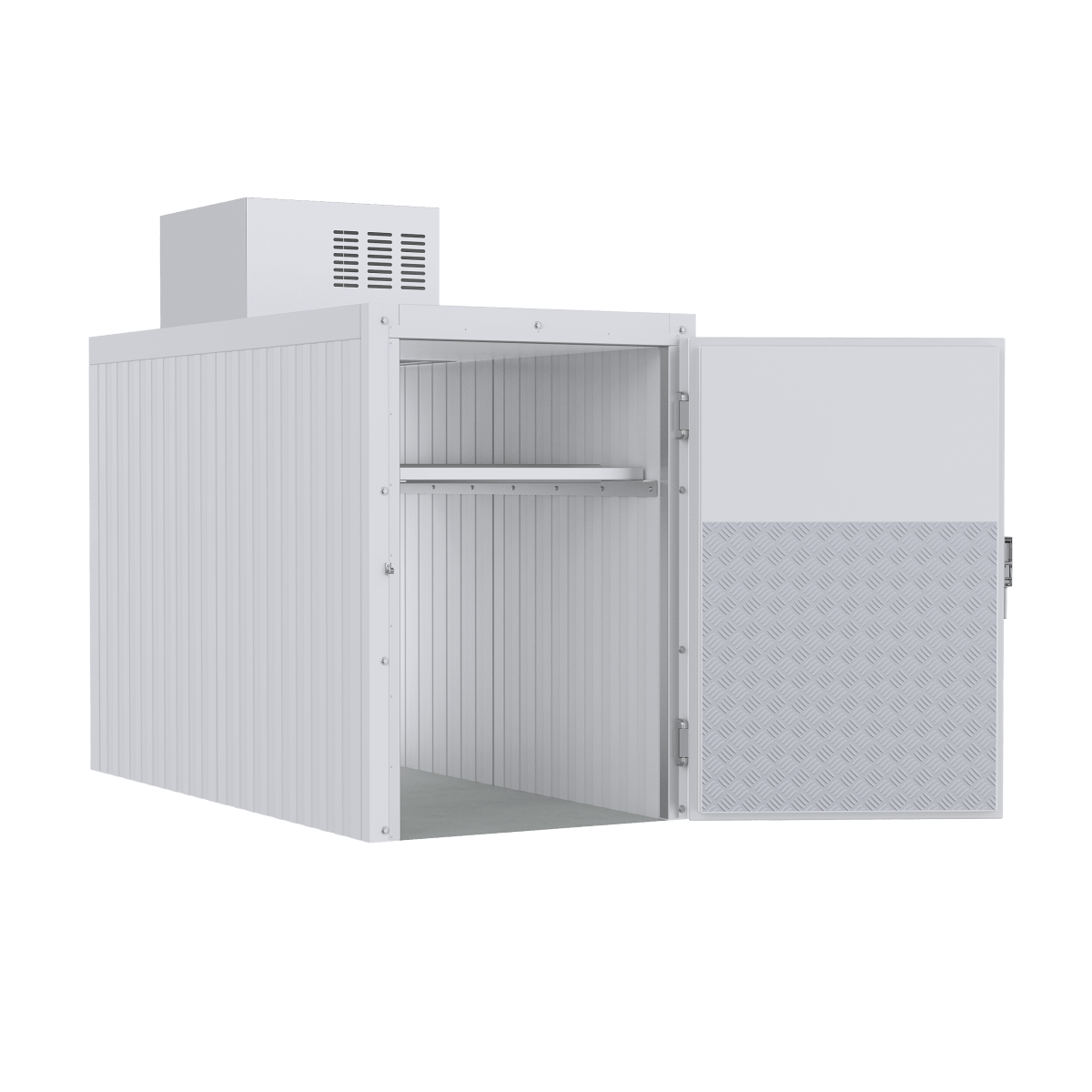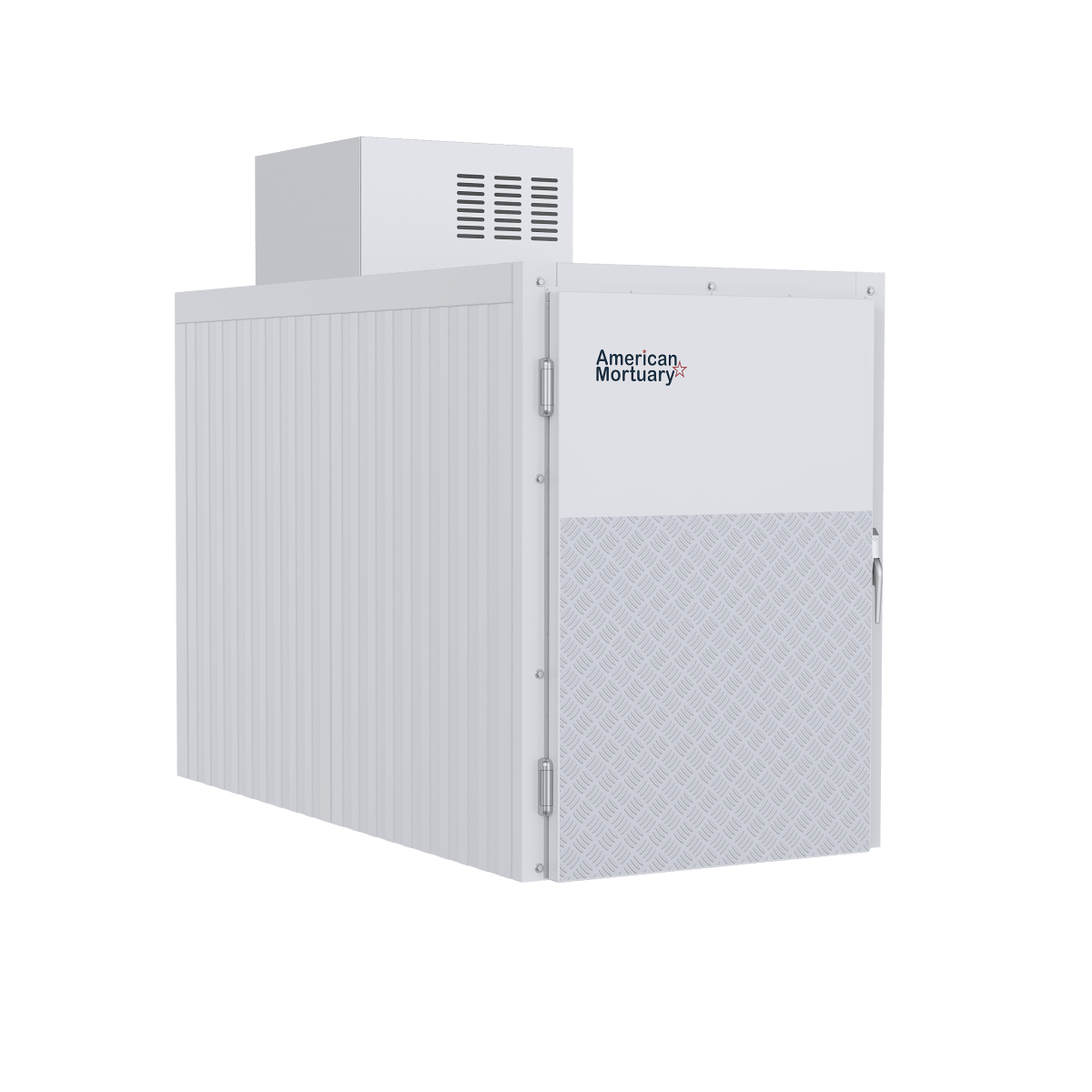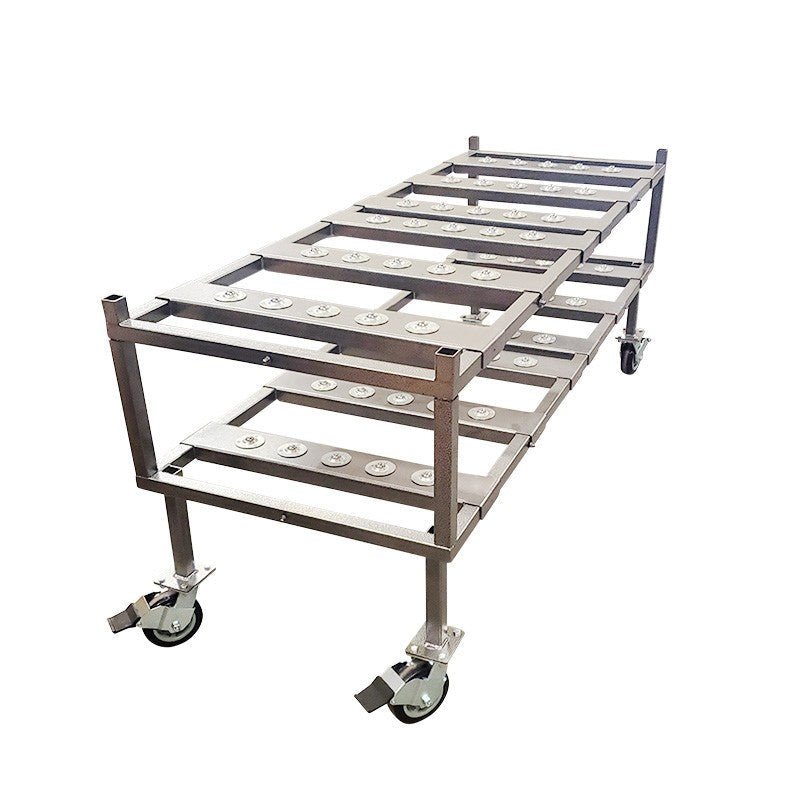Why Proper Foot Room Makes All the Difference in Prep Work
Stainless steel prep table foot room refers to the clear space beneath a work table where users can comfortably position their feet and legs while working. Getting this right is crucial for safety, comfort, and productivity in any prep environment.
Key Foot Room Guidelines:
- Standard depth: 24-30 inches provides adequate clearance for most users
- Height clearance: Minimum 18 inches from floor to any crossbar or obstruction
- Frame impact: C-frame and 3-sided designs maximize foot space vs. H-frame tables
- Adjustability: Height-adjustable tables (32-40 inches) improve ergonomics for different users
- ADA compliance: Open-base designs support wheelchair accessibility requirements
Poor foot room leads to awkward postures, muscle strain, and reduced work efficiency. Tables with undershelves or H-frame supports can reduce available foot space by 6-12 inches depending on the design. The right setup prevents fatigue during long prep sessions and keeps workers safe from trips and falls.
As one funeral home director noted in our research: "This work table has been so useful to my business! It has the perfect amount of storage and does not take up too much room." The key is balancing storage needs with user comfort.
I'm Mortuary Cooler, a national-level mortuary cooler supplier with extensive experience helping funeral homes optimize their prep room layouts for both functionality and worker comfort. My expertise in stainless steel prep table foot room comes from years of custom installations where proper clearances make the difference between efficient operations and daily frustration.
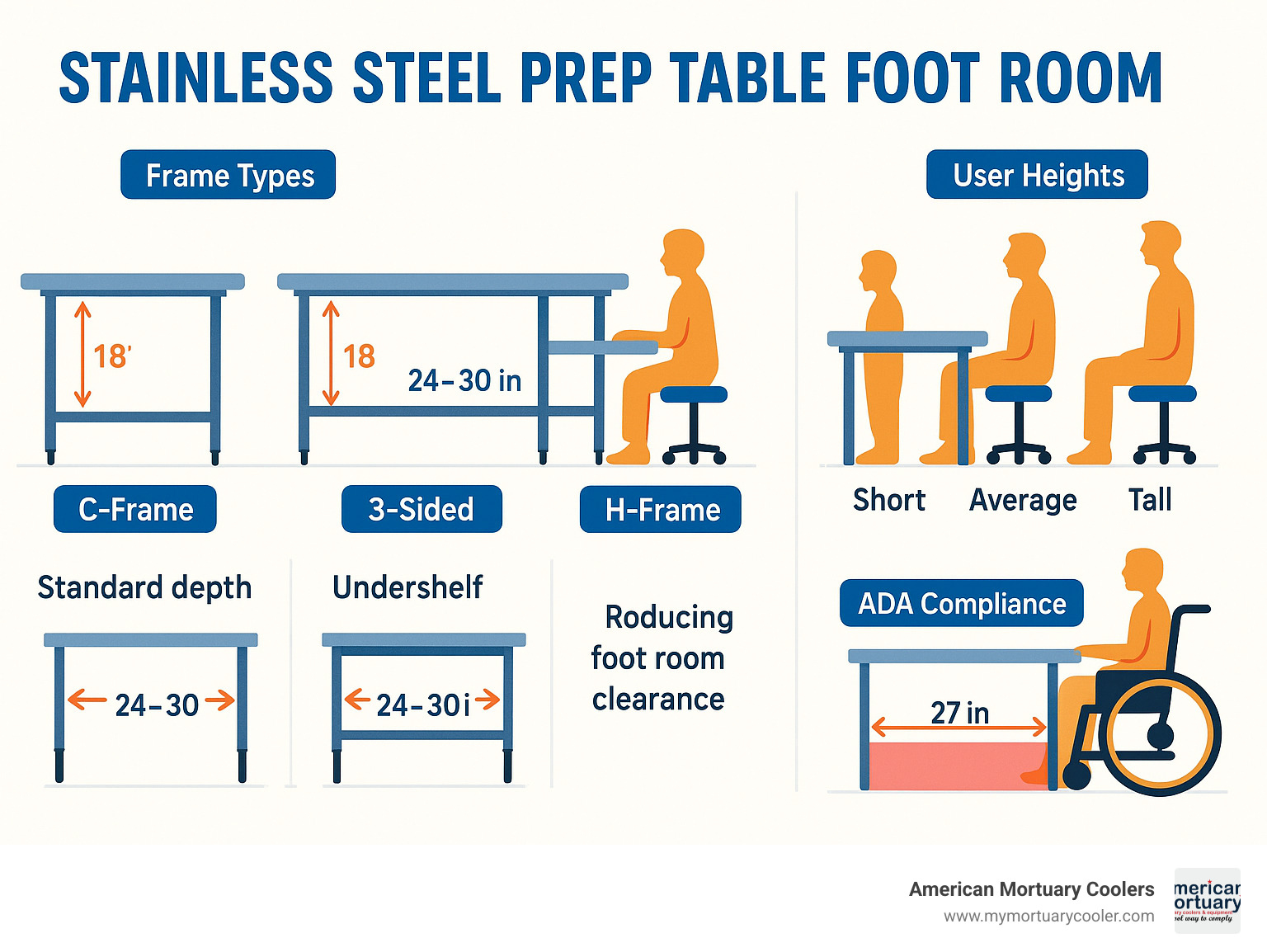
Key stainless steel prep table foot room vocabulary:
What Is Foot Room and Why It Matters for Prep Work
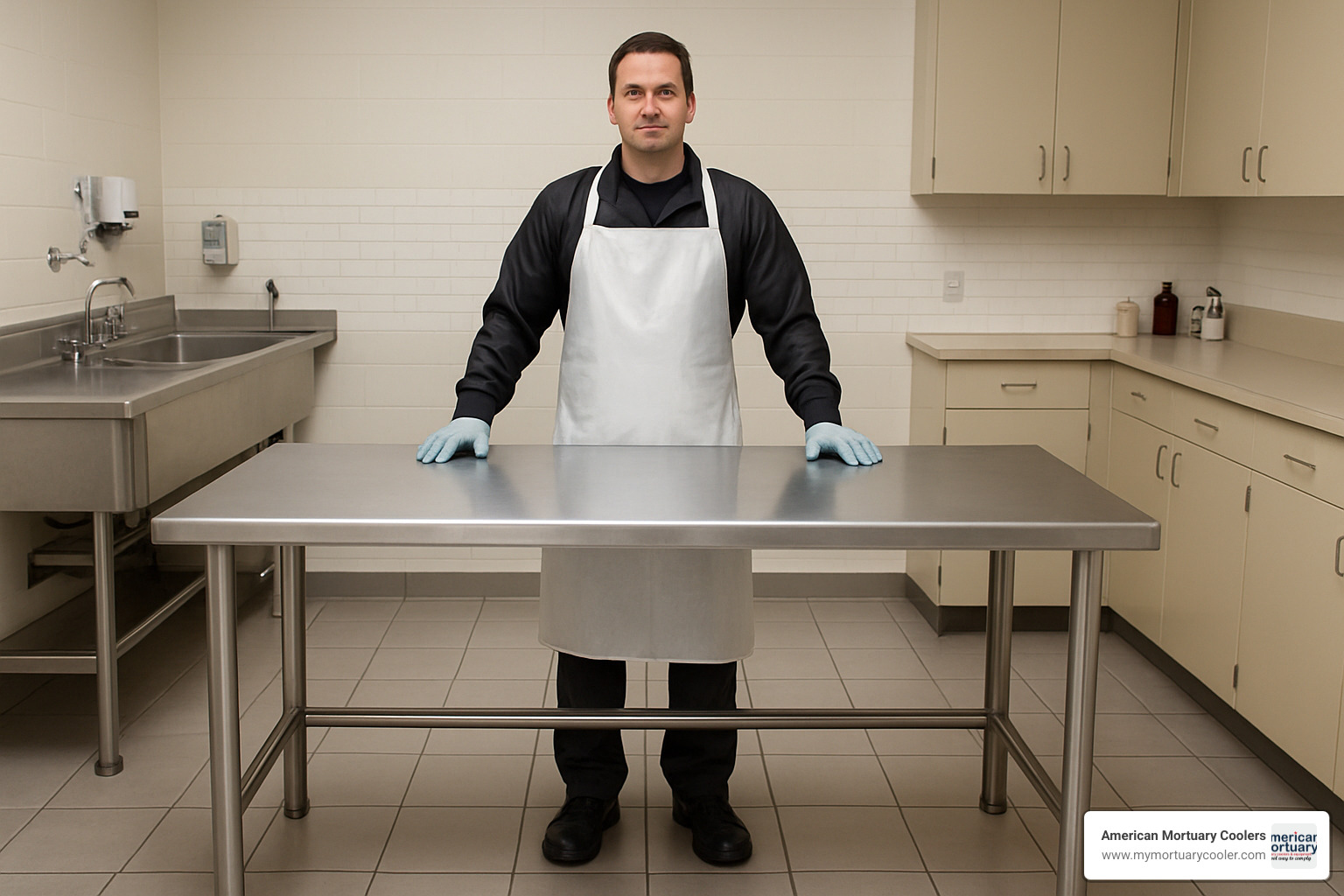
Picture yourself at the end of a long prep session, and your legs feel like concrete blocks. Your back aches, your feet are numb, and you're exhausted from fighting your work table instead of working with it. This is what happens when stainless steel prep table foot room isn't designed with real people in mind.
Foot room is simply the clear space underneath your prep table where your legs and feet can rest naturally. It's that invisible zone that makes the difference between working comfortably and constantly battling your equipment. When you have proper leg clearance, you can stand close to your work surface without doing the "prep table shuffle" - that awkward dance where you're constantly repositioning yourself around table legs and crossbars.
Think of foot room as your foundation for everything else. When your feet are positioned naturally, your whole body can align properly. Your spine stays straight, your shoulders relax, and your hands can work with precision instead of compensating for an awkward stance.
The productivity boost is remarkable. We've watched funeral directors cut their prep time significantly just by switching to tables with better foot clearance. When you're not fighting your workspace, you can focus entirely on the task at hand. Your movements become more efficient, your accuracy improves, and fatigue sets in much later in the day.
Safety matters too. Most prep room accidents happen when people trip over table legs or lose their balance while reaching around obstructions. Adequate foot room gives you stable footing and the space to move naturally, reducing the risk of falls and injuries that can sideline experienced staff.
Stainless Steel Prep Table Foot Room & Ergonomic Health
The connection between proper stainless steel prep table foot room and your long-term health runs deeper than most people realize. Poor foot clearance doesn't just make you uncomfortable - it sets off a chain reaction of physical problems that can impact your career and quality of life.
Muscle strain starts in your legs and works its way up. When table obstructions force you to stand in unnatural positions, your leg muscles work overtime just to keep you balanced. This constant tension travels through your hips and settles in your lower back, creating the chronic pain that too many prep room workers accept as normal. It doesn't have to be this way.
Blood circulation takes a hit when you can't position your legs naturally. Restricted foot placement reduces blood flow to your lower extremities, leading to swelling, tingling, and that heavy-leg feeling at the end of the day. Proper foot room allows for natural weight shifting and subtle movements that keep your circulation healthy during long work sessions.
Slip-risk reduction becomes critical in prep environments where floors can be wet and movements need to be precise. When crossbars and H-frame supports obstruct your natural foot placement, you're constantly at risk of catching your foot on an obstacle. Clear foot space provides stable footing and gives you room to react quickly if you need to step back or adjust your position.
The human body wasn't designed to work in cramped, awkward positions for hours at a time. Quality prep tables with generous foot clearance work with your natural posture instead of against it, keeping you healthier and more productive throughout your career.
Standard Foot Room Dimensions, NSF & ADA Guidelines
Getting the numbers right makes all the difference between a comfortable workstation and an ergonomic disaster. After years of installing prep tables across the country, I've learned that understanding these standards upfront saves countless headaches down the road.
Most stainless steel prep table foot room follows a predictable pattern. Standard tables run 24 to 30 inches deep with a typical work height of 36 inches. This sounds generous until you factor in what's lurking beneath that shiny surface.
Here's where things get tricky. Tables with undershelves or H-frame supports can steal 6 to 12 inches of your precious foot space. I've seen funeral directors go from loving a table's storage capacity to dreading every shift because they can't stand comfortably at their own equipment.
| Table Depth | Frame Type | Usable Foot Room | Best For |
|---|---|---|---|
| 24-30 inches | C-frame/Open base | 22-28 inches | Maximum comfort |
| 24-30 inches | H-frame with shelf | 12-18 inches | Storage priority |
| 24-30 inches | 3-sided frame | 20-26 inches | Balance of both |
The 36-inch work height has become standard for good reason - it works for most people between 5'4" and 6'2". But if your team falls outside this range, adjustable tables with a 32 to 40-inch range can be game-changers.
The NSF (National Sanitation Foundation) doesn't directly dictate foot room, but their sanitation requirements do affect your comfort. They require undershelves to sit at least 6 inches above the floor for proper cleaning access. This seemingly simple rule can make or break your foot clearance, depending on shelf design.
ADA compliance adds another layer of complexity, especially for facilities serving the public. The guidelines require 27 inches of vertical knee space, 30 inches of width, and 19 inches of depth for wheelchair accessibility. These aren't just suggestions - they're legal requirements that can impact your entire prep room layout.
OSHA data consistently shows that worker fatigue increases by 40-60% when foot clearance drops below 18 inches. That's not just discomfort - it's a productivity killer that affects your bottom line.
Measuring Stainless Steel Prep Table Foot Room on Site
I always carry a tape measure during site visits, and you should too when evaluating prep tables. The process is straightforward, but the details matter more than you might expect.
Start with the depth measurement from the front edge straight back to any obstruction. Don't just measure to the back legs - look for crossbars, electrical connections, or plumbing that might intrude into your foot space. I've seen beautiful tables become unusable because nobody noticed a 4-inch water line running across the back at ankle height.
Height clearance tells the real story. Measure from the floor to the lowest point of any horizontal element - shelf, crossbar, or structural support. Anything below 18 inches will cause problems for most users.
Spec sheets can be your best friend or your worst enemy, depending on how well you read them. Look for clearance codes like "open base design" or "ADA compliant knee space." When you see terms like "full undershelf" or "H-frame construction," start asking detailed questions about actual foot room dimensions.
The smartest approach? Ask for detailed technical drawings that show every structural element from the side view. A good manufacturer will provide these without hesitation. If they won't, that tells you something important about their confidence in the design.
Frame Designs, Shelves & Add-Ons That Shrink or Expand Foot Space
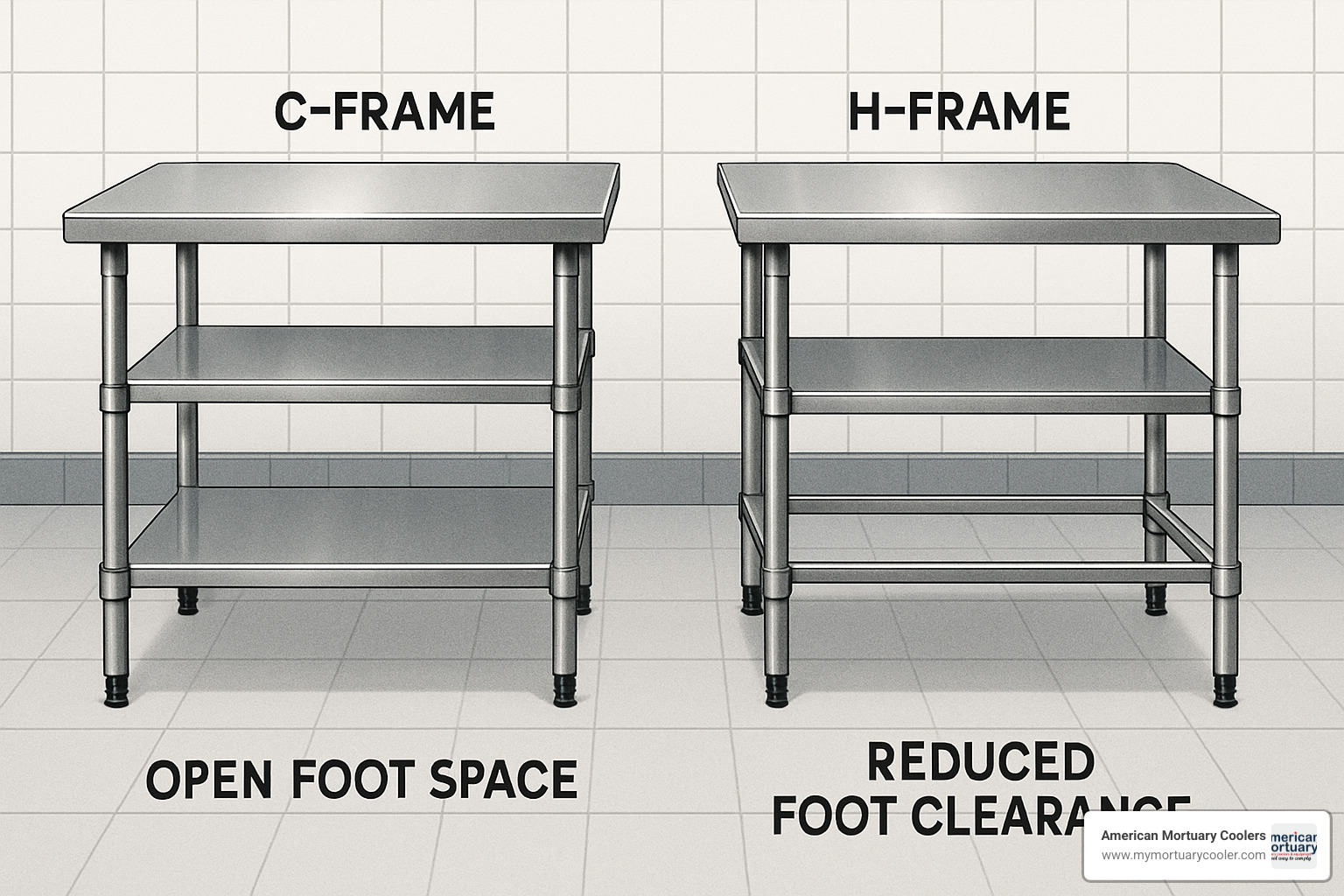
When it comes to stainless steel prep table foot room, the frame design makes or breaks your daily comfort. Think of it this way - you wouldn't buy a car without test driving it, so why settle for a prep table that makes your legs feel cramped all day?
C-frame designs are the champions of foot clearance. These clever tables use curved or angled supports that attach to the sides of the work surface, leaving the entire front area completely open. It's like having a welcome mat for your feet - you can stand naturally without playing footsie with table legs.
On the flip side, H-frame construction prioritizes strength over comfort. These tables use horizontal crossbars connecting the front and back legs, creating what I like to call "shin hazards." While H-frames can handle heavy loads like champs, they'll steal 8-12 inches of your precious foot space depending on where those crossbars sit.
Three-sided frame designs offer a smart middle ground. They keep the rear and side supports for stability while ditching that troublesome front crossbar. You get decent foot clearance without sacrificing the table's ability to handle your equipment.
Undershelf height can make or break even the best frame design. A shelf positioned too low turns your dream table into a foot trap. The sweet spot sits around 8-12 inches above the floor - high enough for comfortable foot placement but low enough for useful storage.
Cross-bracing adds muscle to your table but can complicate your footwork. Those diagonal braces between legs provide rock-solid stability for heavy-duty work, but they create irregular obstacles that love to catch unsuspecting feet.
Casters bring their own foot room personality to the party. Wheels make your table mobile, but they also bump up the overall height and can create toe-stubbing hazards if poorly designed. Always look for locking casters to keep things stable when you're working.
Adjustable shelves give you the flexibility to customize your foot room on the fly. Some days you need maximum storage, other days you need maximum comfort. More info about stainless rolling cabinets can help you understand how mobile storage solutions work alongside your fixed prep tables.
Impact of Undershelves & Crossbars on Stainless Steel Prep Table Foot Room
The eternal struggle between storage and comfort doesn't have to end in defeat. Understanding how shelves and crossbars affect your stainless steel prep table foot room helps you make choices you'll appreciate every single day.
Storage trade-offs become crystal clear when you're four hours into a procedure and your legs are screaming. Having supplies within arm's reach is convenient, but not when it means standing in an awkward position all day. Most funeral professionals tell us they'd rather walk a few extra steps than deal with cramped foot space.
Load capacity often drives the decision to include crossbars and extra bracing. Tables supporting heavy equipment need that structural support for safety reasons. The good news? Many manufacturers now offer reinforced C-frame designs that handle serious weight without turning your feet into prisoners.
Quick-release shelves represent the best of both worlds. These smart systems use simple locking mechanisms that let you remove shelves when you need maximum foot clearance. It's like having a convertible table - storage when you want it, space when you need it.
Choosing Open-Base or Cantilevered Styles
Different work environments call for different approaches to foot room, and understanding your specific needs makes all the difference in daily comfort.
Cleanroom applications practically demand open-base designs. Without crossbars and low shelves creating hiding spots, you can thoroughly clean and sanitize every inch beneath your table. Plus, your cleaning equipment can actually reach where it needs to go.
Restaurant lines benefit from cantilevered designs that eliminate front legs entirely. These tables use beefed-up rear supports to create completely unobstructed work zones while maintaining the storage capacity busy kitchens require.
Mortuary labs need the perfect balance of hygiene and worker comfort. Open-base designs facilitate the thorough cleaning that's essential in your work while providing the foot clearance necessary for the detailed, extended procedures that define quality preparation work.
Mobility needs vary dramatically between facilities. Some prep rooms require tables that move easily for cleaning or reorganization, while others prioritize rock-solid stability. Understanding your specific workflow helps you choose features that actually improve your daily operations rather than just looking good on paper.
Selecting & Customizing Prep Tables With Optimal Foot Room
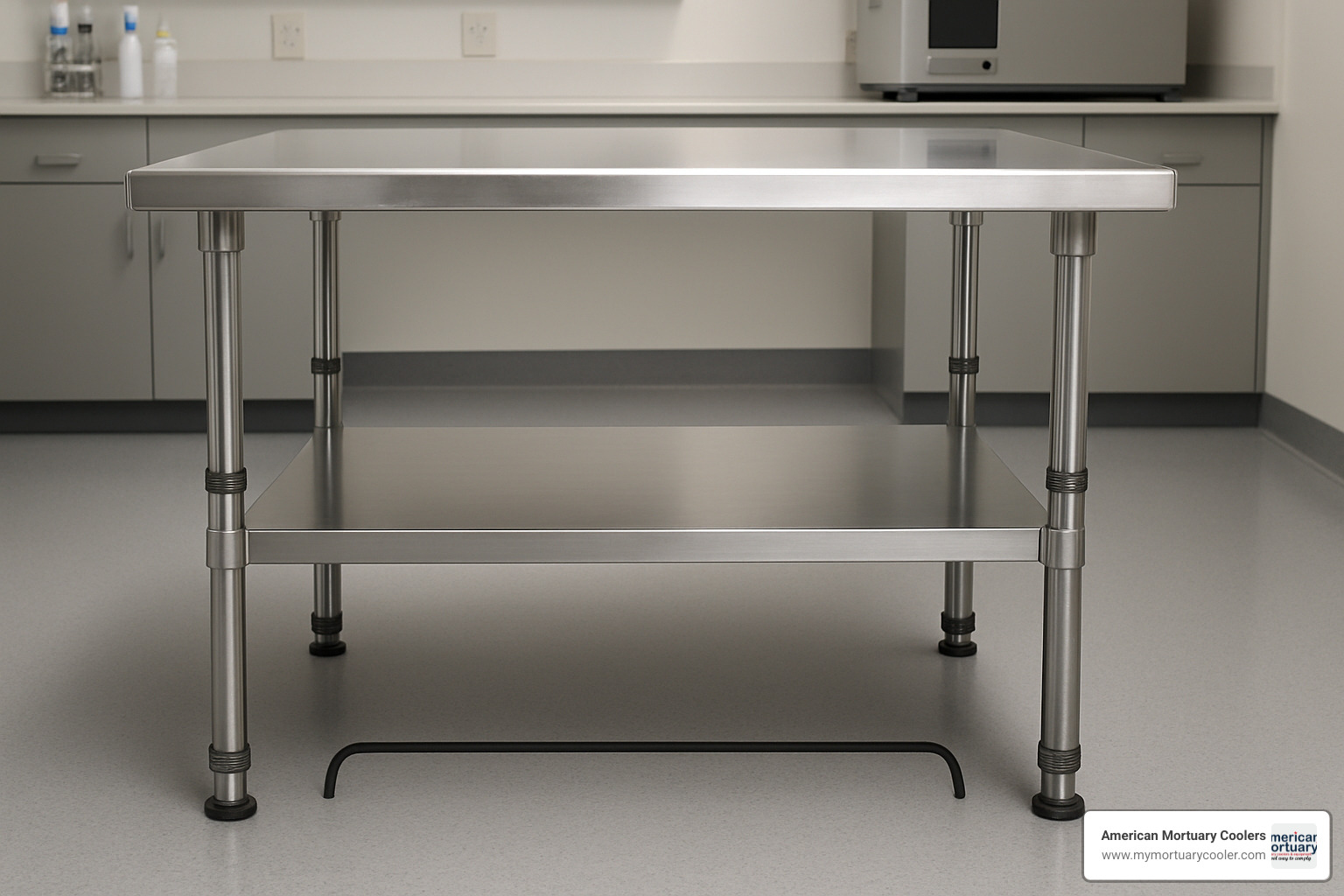
Finding the perfect prep table with ideal stainless steel prep table foot room doesn't have to feel like searching for a needle in a haystack. The key is knowing what to look for and understanding how different features work together to create a comfortable workspace.
Adjustable legs are your best friend when it comes to getting foot clearance just right. These systems let you fine-tune the table height anywhere from 32 to 40 inches, which makes a huge difference for both comfort and foot positioning. What works perfectly for your morning shift supervisor might leave your evening technician stretching awkwardly - adjustability solves this problem neatly.
Bullet feet might sound intimidating, but they're actually simple leveling devices that give you those final crucial adjustments. Most offer about half an inch of fine-tuning, which is often exactly what you need to eliminate that annoying table wobble while maintaining proper foot clearance on slightly uneven floors.
For facilities that really want the ultimate in flexibility, height-crank options provide quick adjustments throughout the workday. These mechanical systems let one person change the table height by up to 8 inches in just seconds. It's like having multiple tables in one - perfect for facilities with varying procedures and staff heights.
The budget versus premium conversation often comes down to adjustability features. While fixed-height tables cost less upfront, the long-term benefits of proper ergonomics usually justify investing in adjustable systems. Think of it as an insurance policy against worker fatigue and injury claims.
User feedback from our customers consistently emphasizes one point: try before you buy whenever possible. As one funeral director told us, "The specs looked perfect on paper, but standing at the actual table for ten minutes told me everything I needed to know about the foot clearance." Your body knows what works, even when your brain is still comparing measurements.
Accessibility requirements add another layer to consider, especially if your facility needs ADA compliance. These requirements aren't just legal boxes to check - they often result in better foot clearance for everyone. Open-base designs that accommodate wheelchairs also provide superior foot room for standing users.
Clean-room specifications can actually work in your favor when it comes to foot clearance. The crevice-free construction required for sterile environments often translates to cleaner frame designs with fewer obstructions. Electropolished stainless steel surfaces and simplified support structures make cleaning easier while improving foot access.
For comprehensive guidance on related decisions, check out Everything You Need to Know About Choosing a Prep Table with Sink and Investing in Excellence: Why a High-Quality Embalming Table Matters. These resources help you understand how foot room considerations integrate with other important features.
Checking Stainless Steel Prep Table Foot Room Before You Buy
Nobody wants to find foot clearance problems after a table is delivered and installed. Here's how to avoid that expensive headache by doing your homework upfront.
Spec-sheet icons and symbols tell you a lot if you know the language. Look for terms like "open base" or "C-frame" - these are your friends. When you see "H-frame" or "undershelf," start asking specific questions about clearance dimensions. Vague promises of "ample foot room" without actual measurements should raise red flags.
3-D drawings are worth their weight in gold when evaluating foot clearance. These detailed technical illustrations show exactly where your feet will (or won't) fit during actual use. Don't be shy about requesting these drawings - any reputable manufacturer should provide them readily.
Showroom tests provide the ultimate reality check when they're available. Spend real time standing at the table in your normal working posture. Shift your weight, move side to side, and imagine performing your typical procedures. Your feet will tell you everything you need to know about the stainless steel prep table foot room in just a few minutes.
Online Q&A sections often contain gold mines of information from actual users. Pay special attention to comments about long-term comfort and any modifications people have made. If multiple users mention foot clearance issues, take that feedback seriously - they're trying to save you from their mistakes.
Frequently Asked Questions about Stainless Steel Prep Table Foot Room
What is the minimum safe foot clearance under a commercial prep table?
When funeral directors ask me about safe foot clearance, I always start with the 18-inch rule. You need at least 18 inches of depth from the front edge of your table to any crossbar or obstruction. This isn't just a number I pulled out of thin air - it's based on real-world testing with workers ranging from 5'2" to 6'4" tall.
The height clearance is equally important. Keep at least 8 inches between the floor and any horizontal obstruction like a shelf or crossbar. This prevents that annoying toe-catching that can throw off your balance during delicate procedures.
For tables with a standard 36-inch work height, these measurements work together to create a comfortable zone where you can stand naturally without twisting or leaning. When you're spending hours at a prep table, these few inches make the difference between going home comfortable or going home sore.
Can foot room be improved after installation?
The good news is that stainless steel prep table foot room can often be improved even after your table is installed. I've helped many funeral homes make these adjustments without breaking the bank.
Raising the shelf height is usually your easiest fix. If your table has adjustable undershelves, moving them up just 2-4 inches can transform your foot clearance. It's amazing how much difference this small change makes for daily comfort.
Swapping to a C-frame is more involved but definitely possible with some table designs. This works best when your tabletop is solid but the base is causing problems. You might need professional help for this modification, but the improvement in foot room can be dramatic.
Adding caster-risers gives you extra height for better overall clearance. Just be careful here - raising the table too much can affect stability and create new ergonomic issues. We usually recommend this only when other options aren't practical.
How does foot room relate to wheelchair accessibility?
Wheelchair accessibility brings a whole different set of requirements that directly impact how we design stainless steel prep table foot room. The ADA isn't just a suggestion - it's the law, and the measurements are very specific.
ADA knee-space requirements call for at least 27 inches of height clearance, 30 inches of width, and 19 inches of depth. These dimensions ensure wheelchair users can position themselves properly at the work surface without their knees hitting obstructions.
Toe-kick depth adds another layer of complexity. You need an additional 6 inches of clearance at floor level, extending 17-25 inches under the work surface. This deep clearance lets wheelchair users get close enough to work comfortably.
Open-base solutions are almost always your best bet for wheelchair accessibility. C-frame and cantilevered designs eliminate the crossbars and supports that interfere with wheelchair positioning while maintaining the structural strength you need for mortuary work.
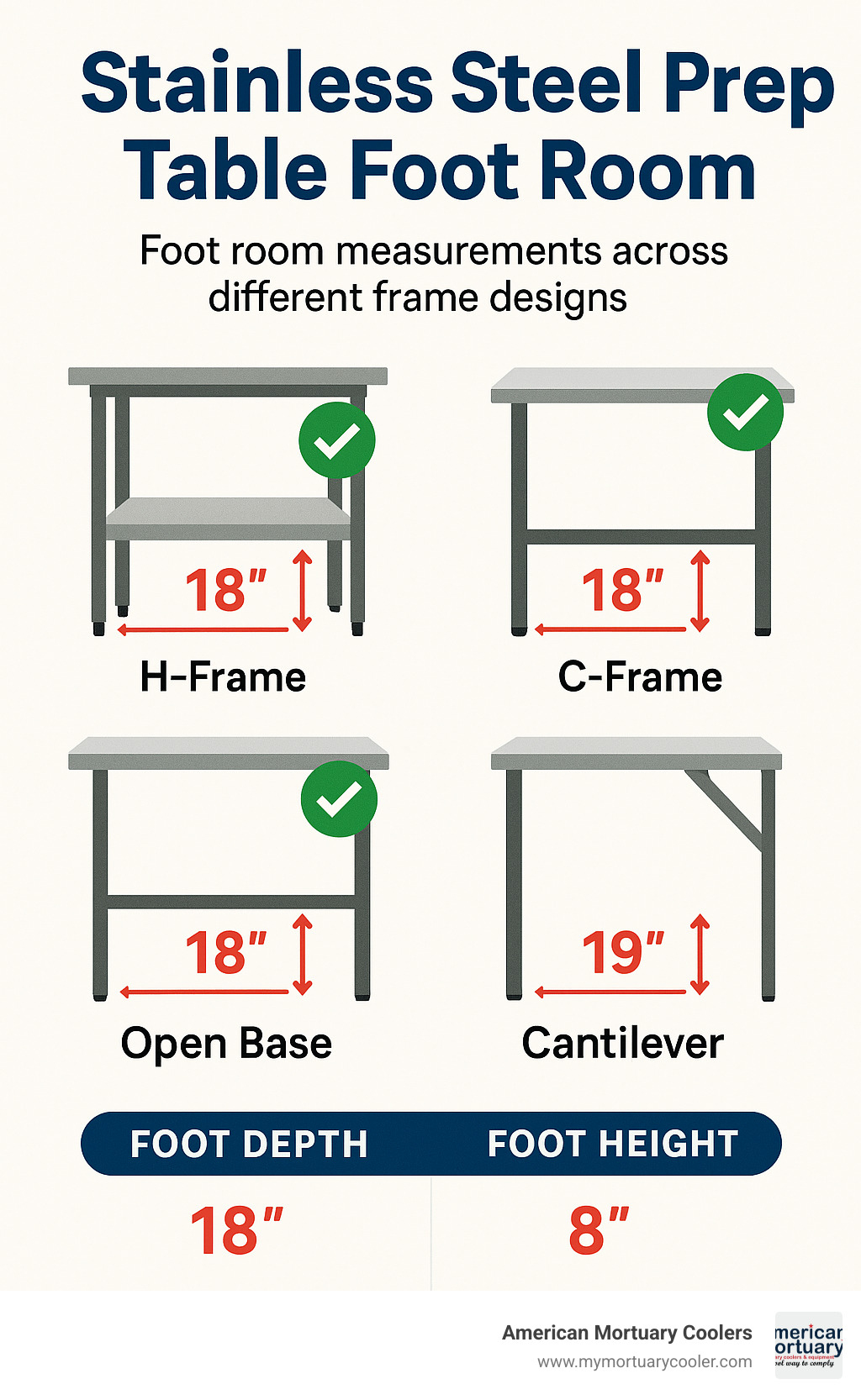
Conclusion
Getting stainless steel prep table foot room right isn't just about comfort - it's about creating a workspace where people can do their best work safely and efficiently. After years of helping funeral homes across the country optimize their prep rooms, I've seen how this seemingly simple detail can make or break a workspace.
The fundamentals we've covered really do work together like pieces of a puzzle. When you choose a C-frame or open-base design, maintain that crucial 18-inch foot depth and 8-inch height clearance, and consider adjustable options for different users, you're setting up your team for success. H-frame supports and low undershelves can steal 6-12 inches of precious foot space - space your workers need to stand comfortably during long procedures.
Here's what I've learned from countless installations: safety and productivity are inseparable when it comes to ergonomic design. Workers who can position themselves naturally don't just feel better at the end of the day - they make fewer mistakes, move more efficiently, and stay healthier over the long haul. That translates to lower workers' compensation costs and happier employees who actually want to come to work.
The math is pretty simple when you think about it. Yes, tables with proper foot clearance might cost a bit more upfront. But when you factor in reduced injury claims, improved efficiency, and better job satisfaction, the investment pays for itself quickly.
At American Mortuary Coolers, we've built our reputation on understanding that no two prep rooms are exactly alike. That's why our custom solutions let you specify exactly the foot clearance your team needs while keeping all the storage, stability, and sanitation features that make your work possible. From our Tennessee facility, we deliver directly across the contiguous 48 states, making it easy to get equipment that actually fits your space and your people.
Whether you're designing a brand-new facility or finally replacing that table everyone complains about, don't treat foot room as an afterthought. Your workers spend hours at these tables, and they deserve equipment that supports them properly. Explore our full range of prep-room tables to find solutions that put both functionality and human comfort first.
After all, the best equipment is the kind people don't have to think about - it just works, day after day, letting your team focus on what really matters.


